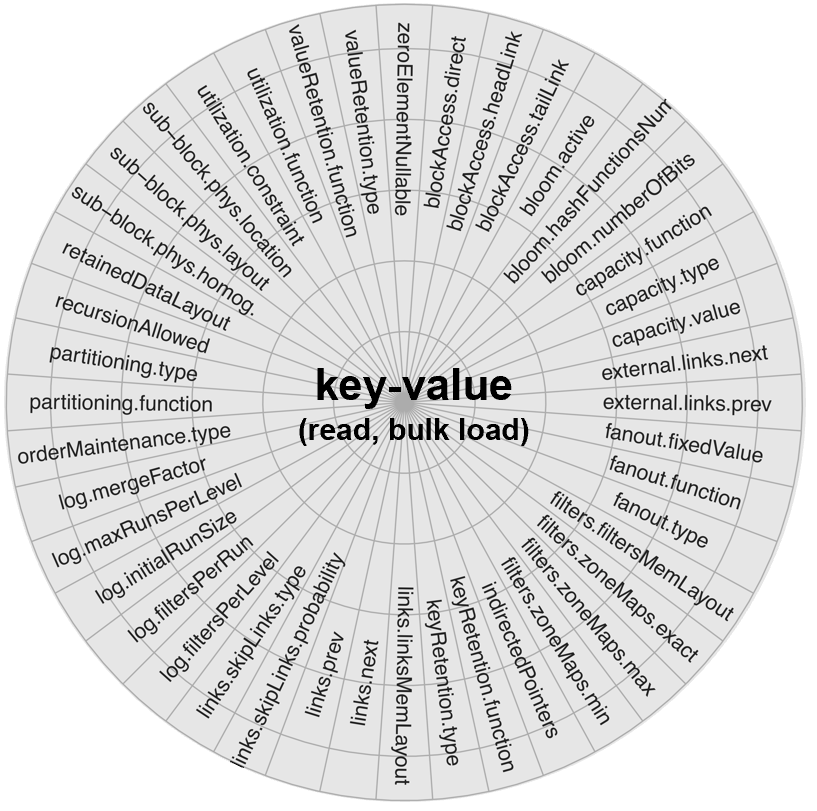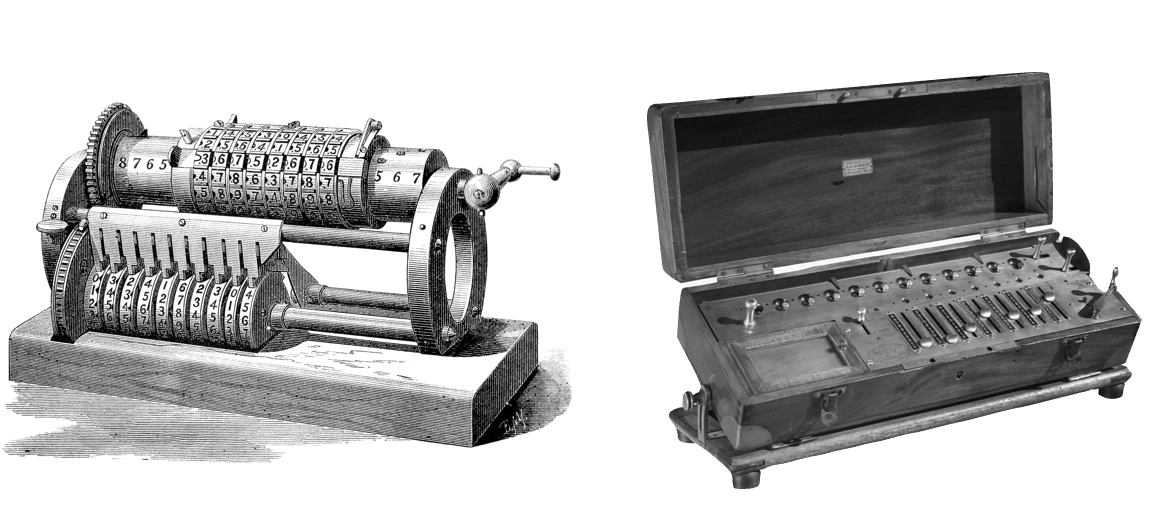













Did you know?
There are more possible data structures than stars in the sky



S. Idreos, K. Zoumpatianos, B. Hentschel, M. S. Kester, and D. Guo, “The Data Calculator: Data Structure Design and Cost Synthesis From First Principles, and Learned Cost Models,” in ACM SIGMOD International Conference on Management of Data.
N. Dayan and S. Idreos, “Dostoevsky: Better Space-Time Trade-Offs for LSM-Tree Based Key-Value Stores via Adaptive Removal of Superfluous Merging,” in ACM SIGMOD International Conference on Management of Data.
B. Hentschel, M. S. Kester, and S. Idreos, “Column Sketches: A Scan Accelerator for Rapid and Robust Predicate Evaluation,” in ACM SIGMOD International Conference on Management of Data
N. Dayan, M. Athanassoulis, and S. Idreos, “Monkey: Optimal Navigable Key-Value Store,” in ACM SIGMOD International Conference on Management of Data.
M. S. Kester, M. Athanassoulis, and S. Idreos, “Access Path Selection in Main-Memory Optimized Data Systems: Should I Scan or Should I Probe?,” in ACM SIGMOD International Conference on Management of Data.
Manos Athanassoulis, Stratos Idreos. “Design Tradeoffs of Data Access Methods,” In ACM SIGMOD International Conference on Management of Data.
M. Athanassoulis, Z. Yan, and S. Idreos, “UpBit: Scalable In-Memory Updatable Bitmap Indexing,” in ACM SIGMOD International Conference on Management of Data.
M. Athanassoulis, et al., “Designing Access Methods: The RUM Conjecture,” in International Conference on Extending Database Technology (EDBT).
